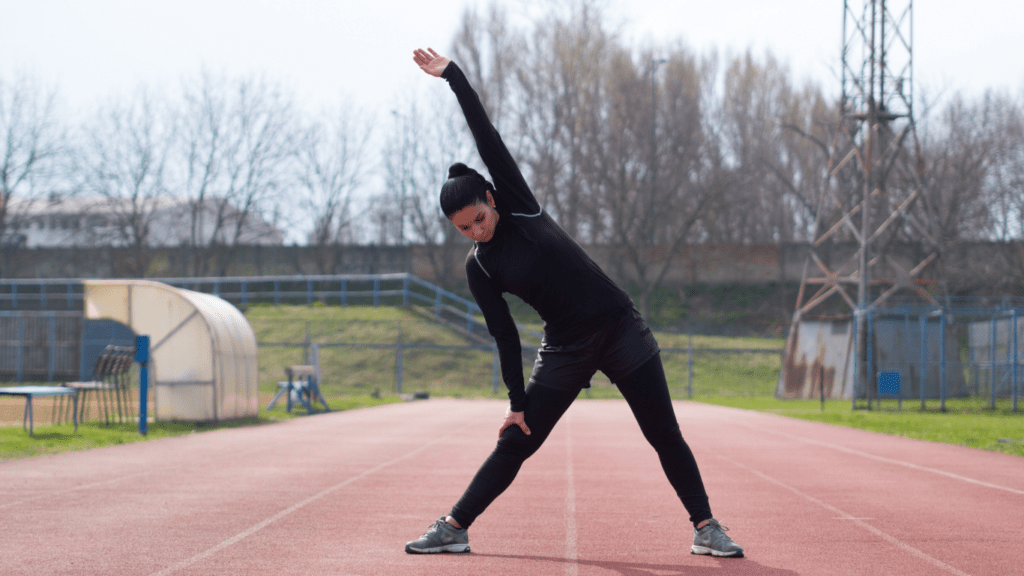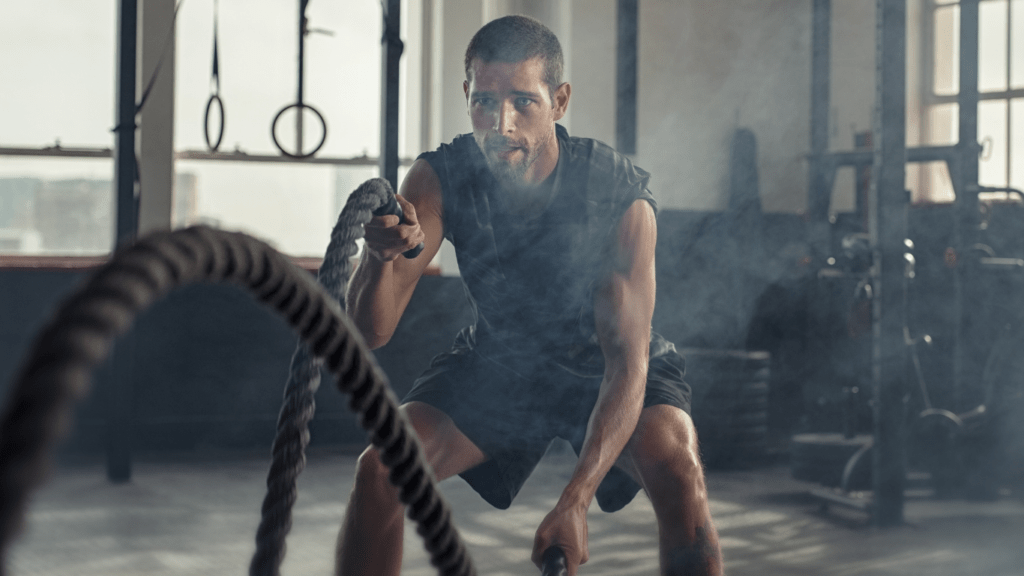I’ve learned the hard way that skipping a proper warm-up can quickly derail your fitness goals. Whether you’re lifting weights, running, or doing yoga, diving straight into intense activity without preparing your body is like driving a car on a cold engine—it’s risky and inefficient. A well-structured warm-up isn’t just a formality; it’s the foundation for better performance and injury prevention.
Warming up primes your muscles, joints, and mind for the challenges ahead. It boosts blood flow, enhances flexibility, and activates key muscle groups, setting you up for success. Plus, it’s a simple yet powerful way to reduce the risk of strains, sprains, and other setbacks. Trust me, once you make it a habit, you’ll notice the difference in how your body feels and performs.
Understanding the Purpose of Warm-Ups
A warm-up serves to prepare the body for physical activity by gradually increasing heart rate, circulation, and muscle temperature. This process improves the elasticity of muscles and tendons, reducing the likelihood of strains or tears. Increased blood flow also enhances oxygen delivery to working muscles, improving endurance and power output.
Warm-ups also help prime the nervous system, enhancing coordination and reaction times. For dynamic activities like sprinting or weightlifting, this can lead to more precise and efficient movements. Proper activation of key muscle groups ensures they are ready to handle the stress of exercise, preventing compensatory patterns that could result in injury.
Mental readiness is another vital aspect. A consistent warm-up routine allows me to focus on my performance goals and enter a state of enhanced concentration. This mental preparation often translates to better physical execution and overall results.
Key Components of Effective Warm-Ups
An effective warm-up combines specific techniques to prepare the body for physical activity. These components improve:
- flexibility
- mobility
- muscle readiness,
reducing injury risks and enhancing performance.
Dynamic Stretching
Dynamic stretching involves controlled, continuous movements to lengthen muscles and increase joint range of motion. Unlike static stretching, these movements, such as leg swings or arm circles, keep the body in motion, elevating heart rate and circulation. Incorporating activity-specific stretches enhances functional flexibility, improving preparation for targeted exercises.
Mobility Exercises
Mobility exercises focus on improving joint function and movement patterns, critical for maintaining proper technique during activities. Movements like deep squats, hip openers, and thoracic rotations not only loosen tight areas but also ensure smooth, unrestricted motion. These exercises optimize joint health and reduce compensatory patterns that may lead to strain.
Activation Techniques
Activation techniques target underused or stabilizing muscle groups to prepare them for activity. Using methods such as glute bridges or scapular squeezes ensures these muscles engage effectively during exercise. This builds neuromuscular coordination and creates balanced muscle activation, which minimizes the risk of overloading dominant groups.
Benefits of Pre-Training Warm-Ups

Pre-training warm-ups offer multiple advantages, ensuring both safety and improved performance. By incorporating warm-ups into every session, I set the foundation for an effective workout.
Injury Prevention
- Engaging in pre-training warm-ups significantly decreases injury risks.
- By gradually increasing blood flow and muscle temperature, I prepare my muscles and connective tissues for movement, reducing strain or tear likelihood.
- Dynamic stretching, for example, enhances joint mobility while easing muscles into activity.
- Pre-training activation also helps properly engage stabilizer muscles, minimizing improper form and imbalances that can lead to injuries.
Improved Performance
Warm-ups optimize my physical output by priming the body for activity. Boosted circulation delivers oxygen and nutrients to working muscles, increasing endurance and strength. A properly prepped nervous system aids in faster reaction times and better motor control. This readiness translates to improved coordination and power, particularly beneficial for explosive or high-intensity exercises like sprinting or weightlifting.
Enhanced Flexibility and Range of Motion
I experience better flexibility and joint range of motion after a structured warm-up. Increasing body temperature makes muscles more pliable, promoting safer, full-range movements. Dynamic exercises like leg swings or arm circles help release tension in often-restricted regions, enabling me to perform exercises with correct form while reducing strain on joints. This flexibility advantage supports longevity in physical performance across various activities.
Common Mistakes to Avoid
Avoiding common warm-up mistakes ensures safer and more effective physical performance. Mistakes can increase injury risks and reduce the benefits of pre-training preparation.
Skipping Warm-Ups
Skipping warm-ups compromises physical readiness, increasing injury risk. Warm-ups enhance blood flow, muscle activation, and joint mobility. Without them, muscles remain tight, coordination decreases, and stress on joints heightens. For instance, athletes who bypass warm-ups often experience strains or tears due to cold, stiff muscles under sudden exertion.
Overdoing Intensity
Overly intense warm-ups exhaust energy reserves and impair performance. Warm-ups aim to prepare, not overwhelm. High-intensity drills before training can cause fatigue, reduced focus, and heightened risk of overuse injuries. For instance, excessive sprinting or heavy resistance exercises during warm-ups overworks muscles, leaving insufficient energy for the main activity.
Using Static Stretches Incorrectly
Static stretches, when used incorrectly, reduce power and strength output. These stretches temporarily weaken muscles when held for prolonged periods before active exercise. For example, holding a hamstring stretch for over 30 seconds lowers flexibility gains and limits explosive performance during dynamic activities. Static stretches are more effective post-exercise for enhancing flexibility.
Creating a Personalized Warm-Up Routine
A tailored warm-up enhances performance by addressing specific physical demands. I focus on key elements like needs assessment, sport-specific movements, and progress-based adjustments to build an effective routine.
Assessing Your Needs
Understanding physical condition and planned activities helps define an optimal warm-up. I evaluate factors like current fitness level, mobility limitations, and exercise intensity to identify areas needing preparation. For example, tight hamstrings might require focused dynamic stretches, while a sedentary lifestyle may demand extended mobility drills to offset stiffness.
Incorporating Sport-Specific Movements
Aligning warm-ups with chosen activities ensures relevance. I include dynamic exercises mimicking the range of motion and muscle activation of my sport. For instance, lateral lunges or agility drills suit activities like tennis, targeting movement patterns unique to the game. Tailored drills boost the connection between warm-up and performance.
Adjusting Based on Progress and Feedback
Continuously refining the routine improves effectiveness. I monitor performance and body response, modifying exercises based on feedback. If consistent mobility gains occur, I might shift focus to improved coordination challenges or higher-intensity preparation. Personalizing adjustments ensures the warm-up evolves with changing needs.



 Injury Prevention & Recovery Specialist
Injury Prevention & Recovery Specialist
